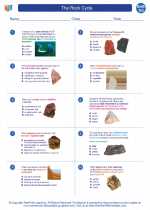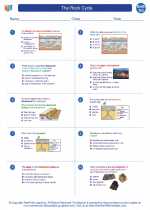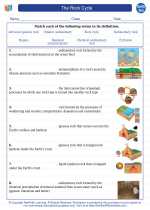Skeleton
The human skeleton is the internal framework of the human body. It is composed of around 206 bones at birth, which decreases to around 206 bones by adulthood after some bones have fused together. The skeleton serves several important functions, including providing structure and support for the body, protecting vital organs, and enabling movement through its articulations with muscles.
Functions of the Skeleton
- Support: The skeleton provides the structural framework for the body, supporting soft tissues and maintaining the body's shape.
- Protection: Many vital organs, such as the brain, heart, and lungs, are protected by the surrounding bones of the skull, rib cage, and spinal column.
- Movement: Muscles attached to the bones allow for movement at the joints, enabling activities such as walking, running, and grasping objects.
- Production of Blood Cells: The bone marrow within certain bones is the site of red blood cell, white blood cell, and platelet production.
- Storage of Minerals: Bones store minerals such as calcium and phosphorus, which can be released into the bloodstream as needed for various physiological functions.
Types of Bones
Bones can be classified into several categories based on their shape and function:
- Long Bones: These bones are longer than they are wide and are characterized by a shaft and two ends. Examples include the femur, humerus, and phalanges.
- Short Bones: These bones are roughly cube-shaped and provide support and stability with limited movement. Examples include the carpals and tarsals.
- Flat Bones: These bones are thin, flattened, and often curved, providing protection for internal organs and serving as attachment sites for muscles. Examples include the skull bones, ribs, and scapulae.
- Irregular Bones: These bones have complex shapes that do not fit into the other categories. Examples include the vertebrae and certain facial bones.
Structure of a Long Bone
A long bone, such as the femur, consists of several distinct parts:
- Diaphysis: The shaft of the bone, consisting of compact bone tissue surrounding the medullary cavity, which contains bone marrow.
- Epiphysis: The ends of the bone, which are covered with articular cartilage and contain spongy bone tissue. These regions contribute to joint function and provide a surface for muscle attachment.
- Metaphysis: The area where the diaphysis and epiphysis meet, containing the epiphyseal plate during growth and the epiphyseal line once growth is complete.
Common Skeletal Disorders
Several disorders and conditions can affect the skeletal system, including:
- Osteoporosis: A condition characterized by weakened and brittle bones, increasing the risk of fractures.
- Scoliosis: An abnormal sideways curvature of the spine, which can lead to back pain and other health issues.
- Arthritis: Inflammation of the joints, causing pain, stiffness, and decreased range of motion.
- Fractures: Breaks in the bone that can result from trauma or weakened bone structure.
Study Guide
When studying the skeleton, it is important to understand the functions of the skeletal system, the types of bones, the structure of a long bone, and common skeletal disorders. Additionally, familiarize yourself with the major bones of the human body, their locations, and their functions. You can use flashcards, diagrams, and practice quizzes to reinforce your knowledge of skeletal anatomy and physiology.
.◂Earth Science Worksheets and Study Guides High School. The Rock Cycle

 Worksheet/Answer key
Worksheet/Answer key
 Worksheet/Answer key
Worksheet/Answer key
 Worksheet/Answer key
Worksheet/Answer key
 Vocabulary/Answer key
Vocabulary/Answer key
 Vocabulary/Answer key
Vocabulary/Answer key
 Vocabulary/Answer key
Vocabulary/Answer key
